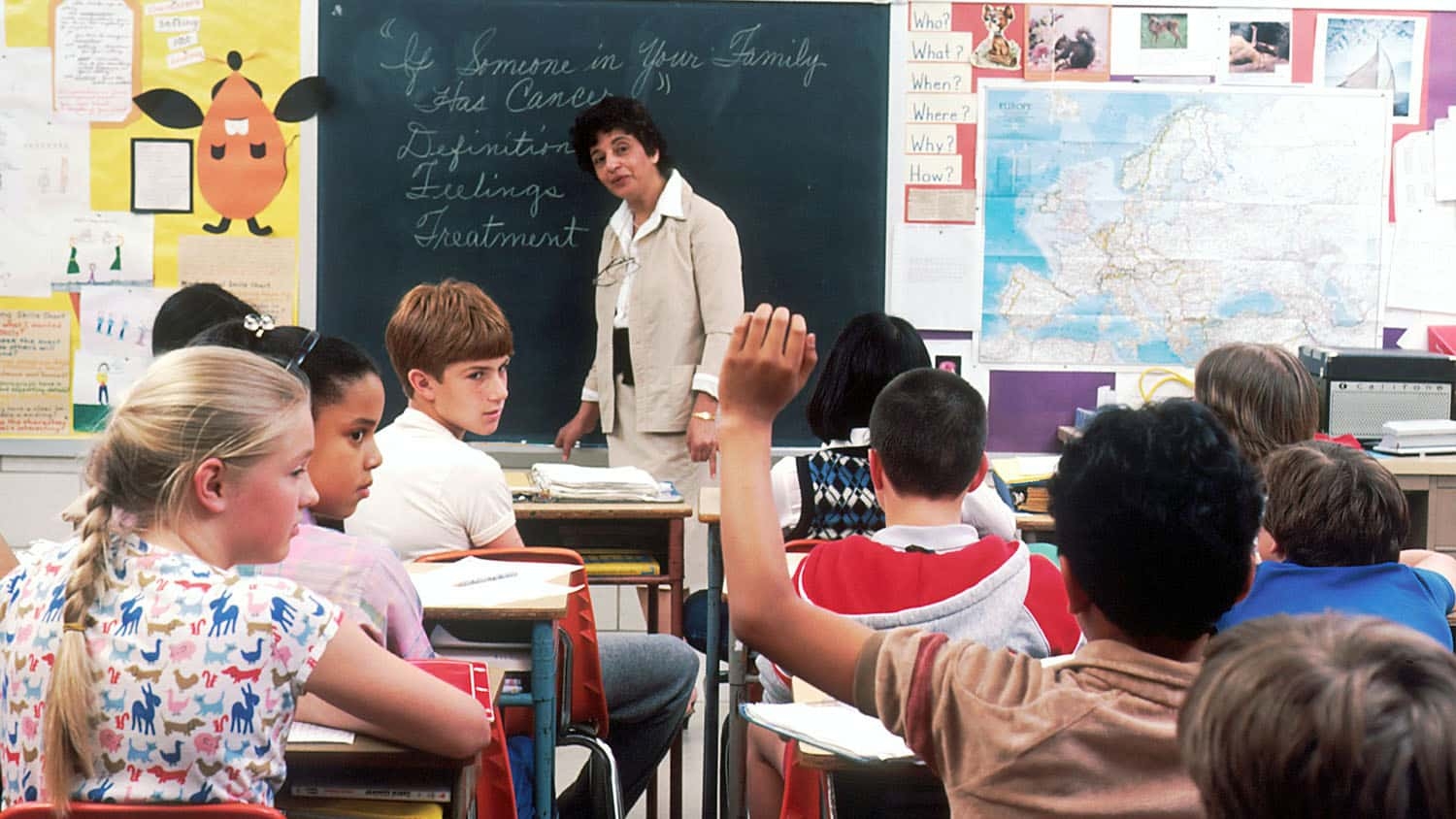Study Highlights Fluid Sexual Orientation in Many Teens

At least one in five teenagers reports some change in sexual orientation during adolescence, according to new research from North Carolina State University, the University of North Carolina at Chapel Hill and the University of Pittsburgh.
“This work highlights the fluidity that many adolescents experience in terms of how they label their sexuality and who they feel sexually attracted to,” says J. Stewart, a Ph.D. student at NC State and lead author of a paper on the work.
For this study, researchers looked at data from 744 students from rural high schools in the southeastern United States; 54% of the students were girls, 46% were boys. Students filled out surveys each year for three years, spanning either their freshman through junior years or their sophomore through senior years. The data was collected between 2014 and 2016.
The researchers found that at some point during the three-year period, 19% of students reported at least one change in their self-labeled sexual identity – for example, classifying themselves as heterosexual in year one and as bisexual in year two. Some students reported multiple changes, such as switching from heterosexual to bisexual between years one and two, and then back to heterosexual in year three.
There were also notable differences between male and female students, with 26% of girls reporting some change in sexual identity over the three-year study period, compared to 11% of boys.
In addition to how teens labeled their sexualities, researchers looked at the extent to which teens reported being romantically attracted to boys and/or girls. The study found that 21% of students reported changes in who they were attracted to over the course of the study. As with sexual identity, some students reported changes in romantic attraction between years one and two, and again between years two and three.
Again, there were notable differences between boys and girls, with 31% of girls reporting changes in romantic attraction, compared to 10% of boys.
“Some adolescents shifted between sexual minority identities and/or attractions – gay or lesbian, bisexual, etc. as well as varying degrees of same-sex attractions – across all three years,” Stewart says. “Others fluctuated between heterosexual and sexual minority groups. And when we looked at the extent to which sexual identity, attraction and sexual behavior aligned, we saw some interesting trends.”
The researchers found that the majority of people who identified as sexual minorities also reported some degree of same-sex attraction – and most had engaged in some form of sexual behavior with a person of the same sex.
However, there was more variability among students who identified themselves as heterosexual – particularly for girls.
For example, 9% of all female students labeled themselves as both heterosexual and having at least some attraction to girls. And 12% of girls who reported being both heterosexual and having no sexual attraction toward girls also reported engaging in same-sex sexual behavior.
“The results for boys mirrored those for girls, albeit to a lesser degree,” Stewart says.
“Adolescence is a time of identity exploration, and sexual orientation is one aspect of that. One takeaway here is that the process of sexual identity development is quite nuanced for a lot of teens. And based on research with young adults, we expect these patterns will continue for many people into their late 20s and even beyond.
“To be clear, we’re talking about internally driven changes in sexual orientation,” Stewart says. “This research does not suggest these changes can be imposed on an individual and does not support the idea of conversion therapy. There’s ample evidence that conversion therapy is harmful and does not influence anyone’s sexual orientation.”
The researchers are already considering future directions for the work.
“The data in this study comes from kids growing up in the rural South,” Stewart says. “It would be interesting to see if these numbers vary across different sociopolitical environments. Additionally, we weren’t able to identify how these patterns looked among trans and other gender minority adolescents. That would be an important direction for future work.”
The paper, “Developmental patterns of sexual identity, romantic attraction, and sexual behavior among adolescents over three years,” is published in the Journal of Adolescence. The paper was co-authored by Laura Widman, an associate professor of psychology at NC State; Leigh Spivey and Mitchell Prinstein of UNC; and Sophia Choukas-Bradley of Pittsburgh.
The work was done with support from the Eunice Kennedy Shriver National Institute of Child Health and Human Development, under grant R01 HD055342; and from the National Science Foundation under grant 1256065.
-shipman-
Note to Editors: The study abstract follows.
“Developmental patterns of sexual identity, romantic attraction, and sexual behavior among adolescents over three years”
Authors: J. L. Stewart and Laura Widman, North Carolina State University; Leigh A. Spivey and Mitchell J. Prinstein, University of North Carolina at Chapel Hill; and Sophia Choukas-Bradley, University of Pittsburgh
Published: Nov. 3, Journal of Adolescence
DOI: 10.1016/j.adolescence.2019.10.006
Abstract:
Introduction. Adolescents are heterogeneous in how they define and experience their sexual orientation, which can include specific identity labels, romantic attractions, and other- and/or same-sex sexual behavior. These three components of sexual orientation are not always concordant, and studies suggest adolescents—particularly girls—are fluid in these dimensions of orientation over time. The current study examined: 1) fluidity in adolescent girls’ and boys’ self-labeled identities and romantic attractions over time, and 2) patterns of adolescent girls’ and boys’ self-labeled identities and romantic attractions as they coincide with sexual behavior.
Methods. Surveys were administered to adolescents in three low-income high schools in the rural Southeastern U.S. at three yearly intervals (n=744; Mage=15.0; 54.3% girls; 84.3–86.7% heterosexual; 48% White, 24% Hispanic/Latinx, 21% Black/African American). Participants reported their self-labeled sexual identity and romantic attraction at each time point and their lifetime sexual behavior with girls and boys at year 3.
Results. Results revealed 26% of girls and 11% of boys reported fluidity in identity and 31% of girls and 10% of boys reported fluidity in attractions. At each time point, up to 20% of girls and 6% of boys reported a sexual minority identity label with concurrent same-sex attraction; the majority of these participants also reported same-sex behavior. Among heterosexual-identified participants reporting some degree of same-sex attraction at year 3, approximately 66% of girls and 10% of boys reported same-sex behavior.
Conclusions. The findings suggest that many adolescents are nuanced and dynamic in how they identify and experience their developing sexualities.
This post was originally published in NC State News.
- Categories:


